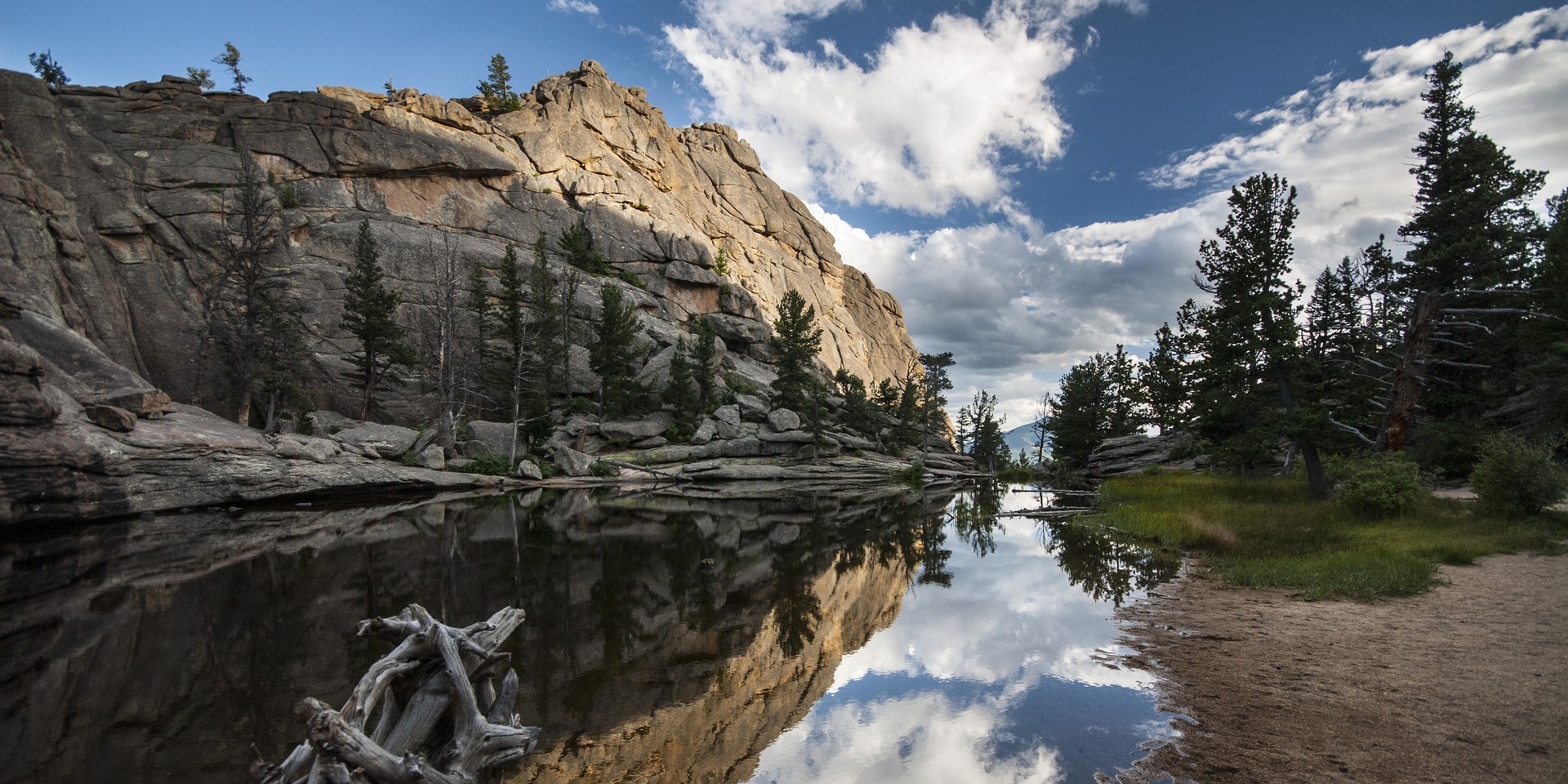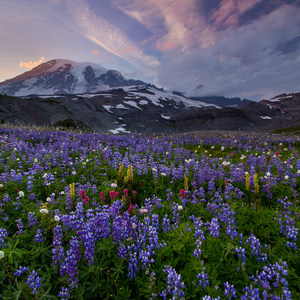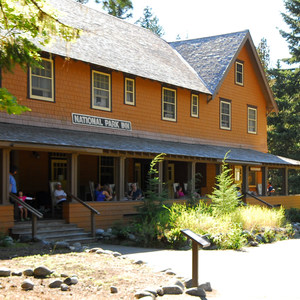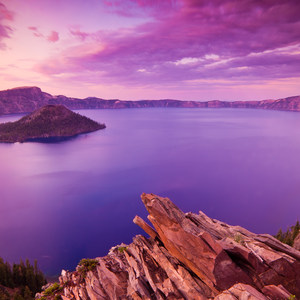You are here
Access Fees | Discover National Parks | Discover National Monuments | Discover National Historic Sites and Landmarks | Complete Camping Guides | Visit Wisely
The National Park Service is an American idea that started out humbly with the creation of Yellowstone National Park in March of 1872. In what were then the Territories of Montana and Wyoming, a “public park or pleasuring ground for the benefit and enjoyment of the people” was created and given to the Department of Interior to manage. That singular move set the stage for more than 1,000 different parks in over 100 different countries around the world.
Today there are 59 national parks with 84 national monuments in the United States as well as dozens of other lesser known designations that fall under the National Parks Service protection (like national seashores and national battlefields). The multitude of different protected areas are managed by the NPS as a bureau of the Department of the Interior. Where the DOI’s official mandate is to “protect America’s natural resources and heritage, [honor] our cultures and tribal communities, and supply the energy to power our future,” the National Parks Service's mandate is to “conserve the scenery and the natural and historic objects and the wildlife therein and...leave them unimpaired for the enjoyment of future generations.”
The National Parks Service itself was not created until 1916 under the signature of President Woodrow Wilson. At the time, 35 national parks and monuments had already been created and were being run and managed (with varying success) by groups as disparate as the U.S. Army and local communities. Though the benefit of one overarching service has been clear, the mandate that the National Parks Service operates under has not always been well understood. The dual mandate of preservation and enjoyment has led the National Parks Service to take frequently controversial positions on public land management over the years.
Bear management in Yellowstone National Park during the 1960s and 1970s is a famous example of the conflict over appropriate management of resources. Park visitors often fed the bears in order to entice them out of the woods for viewing. This resulted in the bears’ reliance on people for unhealthy food as well as multiple incidents of mauling and even the deaths of some visitors. Rangers were forced to kill numerous bears because they became too problematic. The National Parks Service initially supported the feeding and resisted altering public behavior; however with time, research done on the bears confirmed the need for change. The invention of bear-proof food storage boxes as well as bear canisters for backcountry travelers had an immediate and positive effect on the park. Animal-human incidents were reduced when the enforcement of no-feed rules for wildlife were instated. The need to preserve took priority over the need for enjoyment, in this instance.
The challenges in Yellowstone were specifically related to bears, and they highlight the unique way in which national parks are managed. While an act of Congress is needed to create a new unit, each park has to meet its own individual legislation and management in addition to national standards. Other laws affect park management as well, including the Wilderness Act, Wild and Scenic Rivers Act, General Antiquities Act, National Historic Preservation Act, and National Environmental Policy Act.
More parks will be added to the system in the future, making it even more important to have a coherent management strategy in place for all of them. In order for a piece of land to be added as a park site, it has to meet a series of criteria. According to National Parks Service, “it must be an outstanding example of a particular type of resource, it must possess exceptional value or quality in illustrating or interpreting natural or cultural themes of our Nation’s heritage, it must offer superlative opportunities for recreation for public use and enjoyment or for scientific study, and it must retain a high degree of integrity as a true, accurate, and relatively unspoiled example of the resource.” Similar evaluations are made for natural and cultural areas.
Whether it is the smallest park site of the Thaddeus Kosciuszko National Memorial (only .02 acres) in Philadelphia or the 8 million acres of Wrangell-St. Elias National Park in Alaska, the National Parks Service interprets the creation of a national park as “an expression of faith in the future…that benefits a new generation of citizens in a changing world." The centennial of the National Parks Service was in 2016, and park staff are particularly focused on increasing the diversity of visitors and staff in the upcoming years. Connecting a broad population of current and future generations to national parks is vital in order to maintain relevance, funding, and support for national park initiatives. During the 2015 season, roughly 70% of visitors were white, a demographic that is expected to be a minority in the United States by 2050. Clearly the National Parks Service needs to find ways to remain relevant to future generations. The Find Your Park and Every Kid In A Park programs are several ways new visitors can become engaged.
Finding new ways to engage visitors is all well and good, but if the parks are not properly maintained once people arrive, the experience may not be that compelling. Budgetary constraints have significantly impaired operations throughout our national parks. The National Park Service budget was $3 billion in 2016; while this may sound like an enormous sum, it is still inadequate for management purposes. As of August, 2016, the National Park Service budget was expected to cover the management of 413 total units, including 52 million acres in 59 parks, 2 million acres in national monuments, 23 national scenic and national historic trails, and 60 wild and scenic rivers. The mandate of protection is difficult to meet, and the National Park Service thus works with multiple agencies for reasons of scale, efficiency, mutual interest, as well as management of border areas.
Park care has increased in complexity in recent years. There were 250 million people who visited national park areas in 2006; in less than a decade that number has climbed to 307 million. In places like Glacier National Park, only open 100 days a year due to winter weather conditions, 2.4 million annual visitors equates 24,000 each day. Crowded visitor centers, small parking lots, and facilities unused to such high-volume traffic are reducing the quality of experience for those who do make the trip. Overcrowding is a problem across the spectrum of national park units, and it is not limited to just one place. The phrase “loving our parks to death” is a common refrain in this centennial year with rapidly increased visitor rates. Ideas on how to best manage the increased crowds include shuttle services, limits on visitor numbers, timed entries, and even a reservation system, but the solution is far from simple. Perhaps the best way to enjoy national parks with fewer people is to go to the lesser traveled sites, places like North Cascades National Park in Washington, or Capitol Reef in Utah, for example.
Access Fees
To access National Park Service sites, an America the Beautiful Pass is needed and can be purchased from most federal recreation sites for $80. Discounted passes are available for fourth graders, senior citizens, active duty military, and people with disabilities. This pass is good for national parks, national wildlife refuges, national forests and grasslands, Bureau of Reclamation and U.S. Army Corps of Engineers lands, as well as Bureau of Land Management sites.
Discover National Parks
- Carlsbad Caverns National Park
- Crater Lake National Park
- Death Valley National Park
- Dry Tortugas National Park
- Joshua Tree National Park
- Lassen Volcanic National Park
- Mesa Verde National Park
- Mount Rainier National Park
- National Mall + Memorial Parks
- Olympic National Park
- Redwood National + State Parks
- Rocky Mountain National Park
- Yosemite National Park
- Zion National Park
Discover National Monuments
- Cabrillo National Monument
- Canyon De Chelly National Monument
- Casa Grande Ruins National Monument
- Colorado National Monument
- Craters of the Moon National Monument
- Devils Postpile National Monument
- Hovenweep National Monument
- Lava Beds National Monument
- Muir Woods National Monument
- Timpanogos Cave National Monument
- Tonto National Monument
- White Sands National Monument
Discover National Historic Sites and Landmarks
- Elbe Kirche National Historic Site
- Fort Langley National Historic Site
- Fort Vancouver National Historic Site
- Gamble House National Historic Landmark
- Holzwarth Historic Site
- Vancouver National Historic Reserve + Officer's Row National Historic District
Complete Camping Guides
- A Complete Guide to Camping in Olympic National Park
- Pinnacles National Park Campground
- A Complete Guide to Camping in Rocky Mountain National Park
- Guide to Camping in Yosemite National Park
Visit Wisely
We all want to visit and enjoy these beautiful spaces that offer a reprieve from the day-to-day grind. We have a duty to do so responsibly. Follow the Leave No Trace ethic, make memories and not tracks, and help ensure that these gorgeous environments will be available for future generations.









Comments
Sign In and share them.